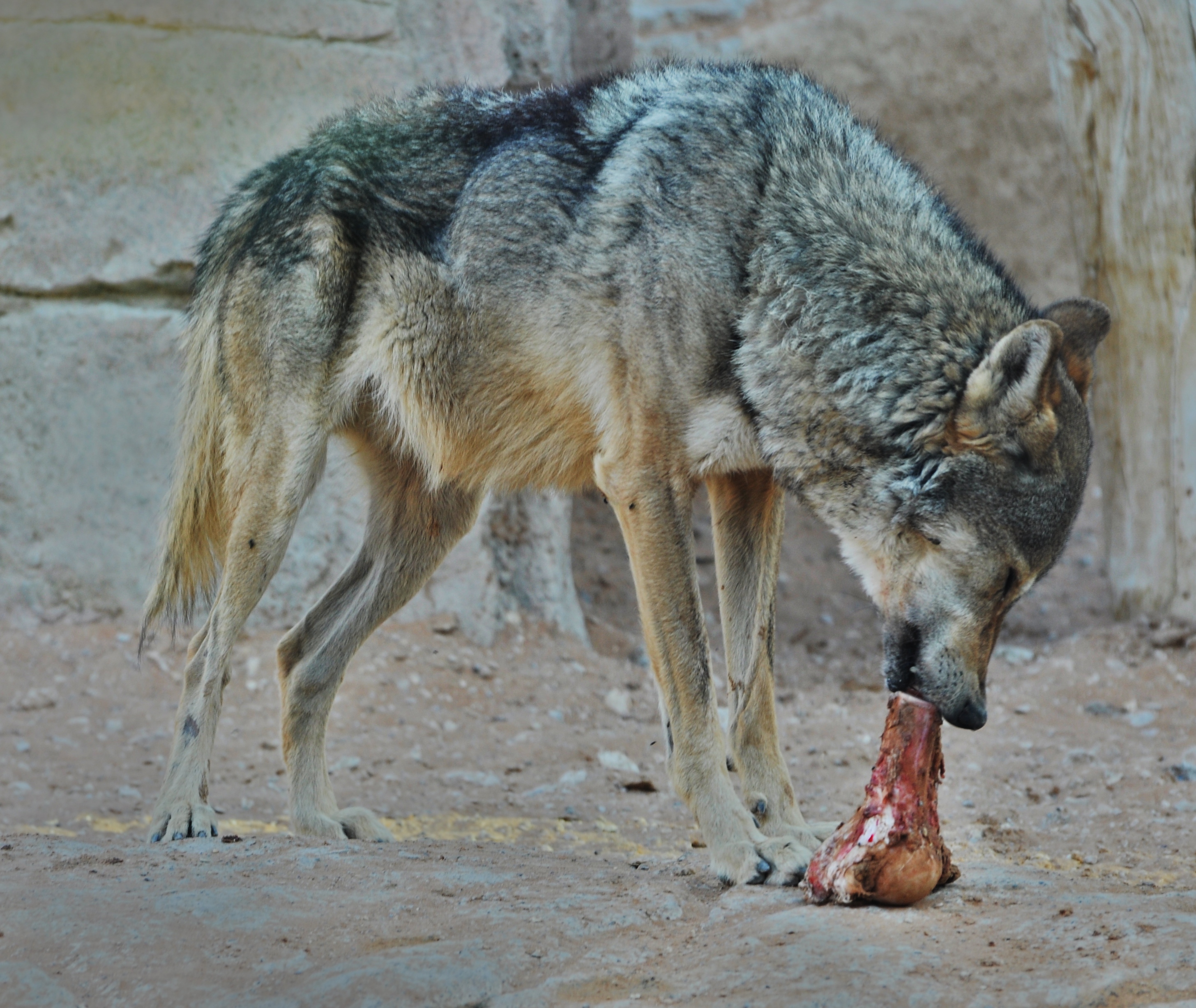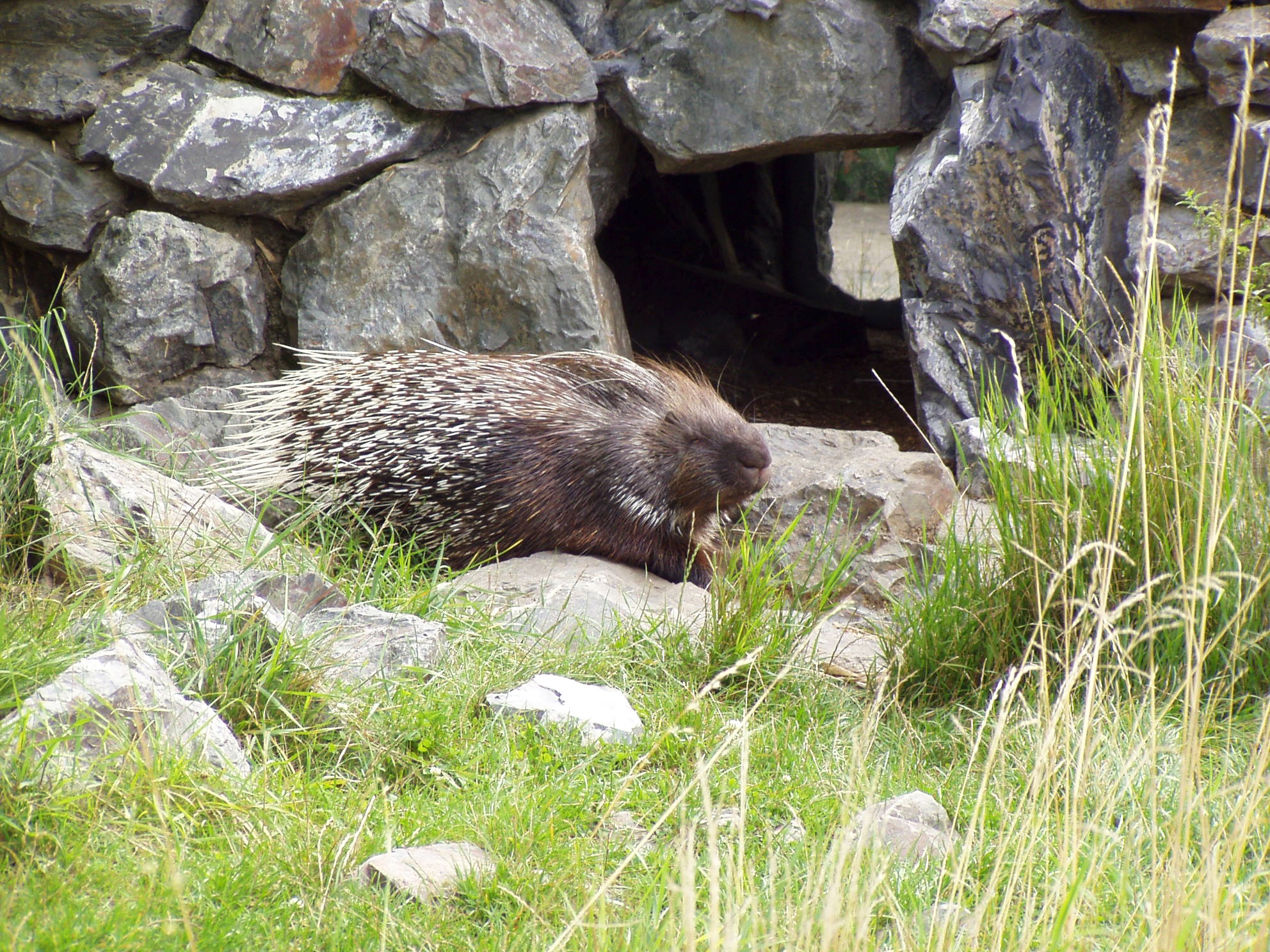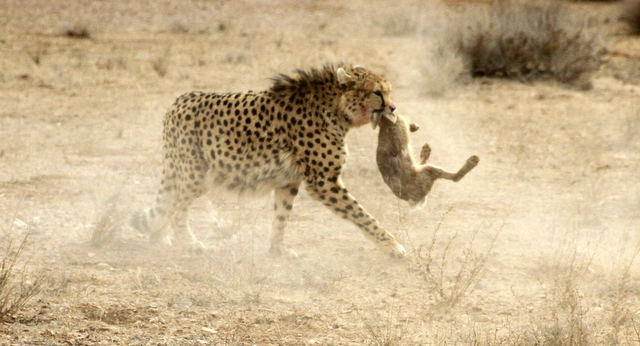|
Jebel Samhan
Jabal Samhan Nature Reserve ( ar, ┘ģžŁ┘ģ┘Ŗž® ž¼ž©┘ä ž│┘ģžŁž¦┘å) is a nature reserve in the area of ''Jabal SamßĖź─ün'' ( ar, ž¼┘Äž©┘Ä┘ä ž│┘Ä┘ģ┘ÆžŁ┘Äž¦┘å, "Mount Samhan") in Dhofar, Oman. It has an area of and has no permanent population. Being in the region of the Dhofar Mountains, it is one of the last refuges for wild Arabian leopards. Data suggests that around twenty Arabian leopards left in the reserve. Fauna The most important leopard prey species are Arabian gazelle, Nubian ibex, Cape hare, rock hyrax, Indian crested porcupine, desert hedgehog and several bird species. Occasionally leopards might prey on domestic livestock. Other predators, which are found in the reserve, include caracal, striped hyena and Arabian wolf. See also * Wildlife of Oman The wildlife of Oman is the flora and fauna of this country in the southeastern corner of the Arabian Peninsula, with coasts on the Gulf of Oman and the Arabian Sea. The climate is hot and dry, apart from the southe ... [...More Info...] [...Related Items...] OR: [Wikipedia] [Google] [Baidu] |
Oman
Oman ( ; ar, ž╣┘Å┘ģ┘Äž¦┘å ' ), officially the Sultanate of Oman ( ar, ž│┘ä┘ÆžĘ┘åž®┘Å ž╣┘Å┘ģž¦┘å ), is an Arabian country located in southwestern Asia. It is situated on the southeastern coast of the Arabian Peninsula, and spans the mouth of the Persian Gulf. Oman shares land borders with Saudi Arabia, the United Arab Emirates, and Yemen, while sharing maritime borders with Iran and Pakistan. The coast is formed by the Arabian Sea on the southeast, and the Gulf of Oman on the northeast. The Madha and Musandam exclaves are surrounded by the United Arab Emirates on their land borders, with the Strait of Hormuz (which it shares with Iran) and the Gulf of Oman forming Musandam's coastal boundaries. Muscat is the nation's capital and largest city. From the 17th century, the Omani Sultanate was an empire, vying with the Portuguese and British empires for influence in the Persian Gulf and Indian Ocean. At its peak in the 19th century, Omani influence and control extended ac ... [...More Info...] [...Related Items...] OR: [Wikipedia] [Google] [Baidu] |
Arabian Gazelle
The Arabian gazelle ''(Gazella arabica)'' is a species of gazelle from the Arabian Peninsula. Taxonomy Until recently, it was only known from a single lectotype specimen mistakenly thought to have been collected on the Farasan Islands in the Red Sea in 1825. A 2013 genetic study of the lectotype specimen revealed that skull and skin do not stem from the same individual but belong to two distinct lineages of the mountain gazelle The mountain gazelle (''Gazella gazella''), also called the Palestine mountain gazelle, is a species of gazelle widely but unevenly distributed. Description Mountain gazelle are one of the few mammals in which both sexes have horns. Males ha ... (''Gazella gazella''), necessitating restriction of the lectotype to the skin to conserve nomenclatural stability. A later study formalized the use of ''Gazella arabica'' for the Arabian lineage of the mountain gazelle, and synonymized '' Gazella erlangeri'' with ''G. arabica''.B├żrmann, E. V., Wronski, T., ... [...More Info...] [...Related Items...] OR: [Wikipedia] [Google] [Baidu] |
Arabian Wolf
The Arabian wolf (''Canis lupus arabs'') is a subspecies of gray wolf native to the Arabian Peninsula, the Negev Desert, the Sinai Peninsula, and Jordan. It is the smallest wolf subspecies, and a desert-adapted subspecies that normally lives in small groups. It is omnivorous, eating small to medium-sized prey. Taxonomy Once thought to be synonymous with ''C. l. pallipes'' (the Indian wolf), the Arabian wolf was designated ''Canis lupus arabs'' by the British zoologist Reginald Innes Pocock in 1934. Pocock noted its smaller skull and smaller size. In the third edition of ''Mammal Species of the World'' published in 2005, the mammalogist W. Christopher Wozencraft listed under the wolf ''Canis lupus'' the subspecies ''Canis lupus arabs''. A 2014 study suggests that genetically the Arabian wolf is closer to ''C. l. lupus'' than it is to ''C. l. pallipes'' and supports the subspecies designation ''C. l. arabs''. There has been admixture with domestic dogs, but it is unclear whether ... [...More Info...] [...Related Items...] OR: [Wikipedia] [Google] [Baidu] |
Asiatic Caracal
The caracal (''Caracal caracal'') () is a medium-sized wild cat native to Africa, the Middle East, Central Asia, and arid areas of Pakistan and northwestern India. It is characterised by a robust build, long legs, a short face, long tufted ears, and long canine teeth. Its coat is uniformly reddish tan or sandy, while the ventral parts are lighter with small reddish markings. It reaches at the shoulder and weighs . It was first scientifically described by German naturalist Johann Christian Daniel von Schreber in 1776. Three subspecies are recognised. Typically nocturnal, the caracal is highly secretive and difficult to observe. It is territorial, and lives mainly alone or in pairs. The caracal is a carnivore that typically preys upon small mammals, birds, and rodents. It can leap higher than and catch birds in midair. It stalks its prey until it is within of it, after which it runs it down and kills its prey with a bite to the throat or to the back of the neck. Both sexes ... [...More Info...] [...Related Items...] OR: [Wikipedia] [Google] [Baidu] |
Desert Hedgehog
The desert hedgehog (''Paraechinus aethiopicus'') is a species of mammal in the family Erinaceidae. Basic facts The desert hedgehog is one of the smallest of hedgehogs. It is long and weighs about . The quills (or spines to give their correct name) on its back can be banded with coloring similar to the four-toed hedgehog. It is usually identified by its dark muzzle. If desert hedgehogs are threatened, their muscles go tight and pull the outer layer of skin around the body, making their quills stick out in all directions. The quills tend to be longer than other hedgehogs for better protection against predation. As such it is extremely difficult to catch one. Distribution It is found in Bahrain, Algeria, Chad, Djibouti, Egypt, Eritrea, Iran, Iraq, Israel, Jordan, Kuwait, Libya, Mali, Mauritania, Morocco, Niger, Oman, Saudi Arabia, Somalia, Sudan, Syria, Tunisia, United Arab Emirates, Yemen, and possibly Ethiopia. Breeding Breeding begins in March, after hib ... [...More Info...] [...Related Items...] OR: [Wikipedia] [Google] [Baidu] |
Indian Crested Porcupine
The Indian crested porcupine (''Hystrix indica'') is a hystricomorph rodent species native to southern Asia and the Middle East. It is listed as Least Concern on the IUCN Red List. It belongs to the Old World porcupine family, Hystricidae. Description The Indian crested porcupine is a large rodent, weighing . Their body (from the nose to the base of the tail) measures between with the tail adding an additional . The lifespan of wild Indian crested porcupines is unknown, but the oldest known captive individual was a female that lived to be 27.1 years old. It is covered in multiple layers of modified hair called quills, with longer, thinner quills covering a layer of shorter, thicker ones. The quills are brown or black with alternating white and black bands. They are made of keratin and are relatively flexible. Each quill is connected to a muscle at its base, allowing the porcupine to raise its quills when it feels threatened. The longest quills are located on the neck and shou ... [...More Info...] [...Related Items...] OR: [Wikipedia] [Google] [Baidu] |
Rock Hyrax
The rock hyrax (; ''Procavia capensis''), also called dassie, Cape hyrax, rock rabbit, and (in the King James Bible) coney, is a medium-sized terrestrial mammal native to Africa and the Middle East. Commonly referred to in South Africa as the dassie (; af, klipdassie), it is one of the five living species of the order Hyracoidea, and the only one in the genus ''Procavia''. Rock hyraxes weigh and have short ears and tails. Rock hyraxes are found at elevations up to above sea level in habitats with rock crevices, allowing them to escape from predators. They are the only extant terrestrial afrotherians in the Middle East. Hyraxes typically live in groups of 10ŌĆō80 animals, and forage as a group. They have been reported to use sentries to warn of the approach of predators. Having incomplete thermoregulation, they are most active in the morning and evening, although their activity pattern varies substantially with season and climate. Over most of its range, the rock hyrax is no ... [...More Info...] [...Related Items...] OR: [Wikipedia] [Google] [Baidu] |
Cape Hare
The Cape hare (''Lepus capensis''), also called the brown hare and the desert hare, is a hare native to Africa and Arabia extending into India. Taxonomy The Cape hare was one of the many mammal species originally described by Carl Linnaeus in his landmark 1758 10th edition of ''Systema Naturae'', where it was given the binomial name of ''Lepus capensis''. The taxon is part of a species complex. ''Lepus tolai'' and '' Lepus tibetanus'' were moved out based on geographic distribution and molecular characteristics. The current remaining grouping of ''Lepus capensis sensu lato'' remains paraphyletic. Description The Cape hare is a typical hare, with well-developed legs for leaping and running, and large eyes and ears to look for threats from its environment. Usually, a white ring surrounds the eye. It has a fine, soft coat which varies in colour from light brown to reddish to sandy grey. Unusually among mammals, the female is larger than the male, an example of sexual dimorphism ... [...More Info...] [...Related Items...] OR: [Wikipedia] [Google] [Baidu] |
Species
In biology, a species is the basic unit of Taxonomy (biology), classification and a taxonomic rank of an organism, as well as a unit of biodiversity. A species is often defined as the largest group of organisms in which any two individuals of the appropriate sexes or mating types can reproduction, produce Fertility, fertile offspring, typically by sexual reproduction. Other ways of defining species include their karyotype, DNA sequence, morphology (biology), morphology, behaviour or ecological niche. In addition, paleontologists use the concept of the chronospecies since fossil reproduction cannot be examined. The most recent rigorous estimate for the total number of species of eukaryotes is between 8 and 8.7 million. However, only about 14% of these had been described by 2011. All species (except viruses) are given a binomial nomenclature, two-part name, a "binomial". The first part of a binomial is the genus to which the species belongs. The second part is called the specifi ... [...More Info...] [...Related Items...] OR: [Wikipedia] [Google] [Baidu] |
Dhofar Governorate
The Dhofar Governorate ( ar, ┘ģ┘ÅžŁ┘Äž¦┘ü┘ÄžĖ┘Äž® žĖ┘Å┘ü┘Äž¦ž▒, MußĖź─üfaß║ōat ß║Æuf─ür) is the largest of the 11 Governorates of Oman, Governorates in the Oman, Sultanate of Oman in terms of area. It lies in Southern Oman, on the eastern border with Yemen's Al Mahrah Governorate. It is a rather mountainous area that covers and has a population of 416,458 as of the 2020 census. The largest city, as well as capital of the Governorate, is Salalah. Historically, the region was a source of frankincense. The local variety of Arabic is Dhofari Arabic, which is quite distinct from that of the rest of Oman and from Yemen. History Archaeology At ''Aybut Al-Auwal'' ("First Aybut") in Wadi Aybut (west-central Nejd), a site was discovered in 2011 containing more than 100 surface scatters of stone tools belonging to a regionally specific lithic industry, the late Nubian Complex, known previously only from Northeast Africa. Two optically stimulated luminescence age estimates place the Arab ... [...More Info...] [...Related Items...] OR: [Wikipedia] [Google] [Baidu] |







